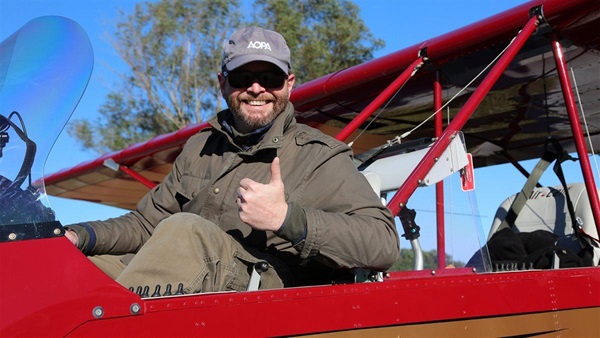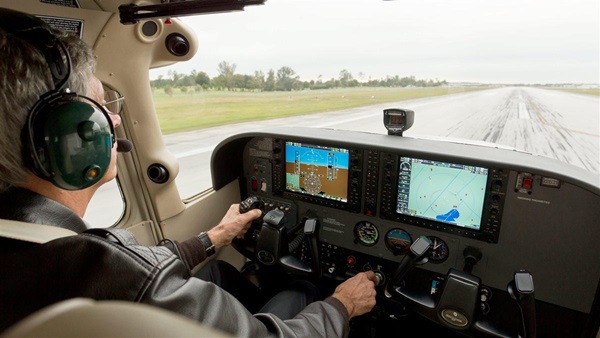TRAINING & SAFETY
- AOPA Flight Training Advantage
- Flight Training Magazine
- Technique
- Knowledge
- Advanced Training
- Career
- Students
- Fun
-
Air Safety Institute
- About ASI
- Air Safety Institute Webinars
- Airworthiness Records
- Videos
- Avoiding Common Aircraft Damage Causes
- Companion Copilot
- Implementing Learn to Turn with Rich Stowell
- Safety Notices
- Scalable Safety Framework
- ASI Speaking Engagement Request Form
- View Your ASI Transcript
- Accident Analysis
- Safety Publications
- Safety Centers
- Online Learning
- Online CFI Renewal (FIRC)
- Flight Training Survey
- Active Pilots
Safety Publications
What Went Wrong
ASI’s "What Went Wrong" article series explores general aviation accidents and lessons that can be learned from them to help pilots avoid making similar mistakes.
Density Altitude: Beware Of Thin Air
High altitude, high temperature, and high humidity create less dense or thinner air that contribute to high density altitude and impact aircraft and engine performance. Modify and use the AOPA Air Safety Institute’s Density Altitude Poster to quickly know the density altitude values at your airport on a standard day.
Companion Copilot Syllabus
(former Pinch Hitter™ Syllabus)
Introduces flight principles and a basic overview of instruments and radio communications, including ground and flight lessons. Also explains how to deal with an emergency.
Watch the Companion Copilot Video Series
VFR into IMC Syllabus
Recommended for use by flight instructors and flight schools to help pilots recognize and safely exit inadvertent VFR flight into IMC.
Anatomy of a Valve Failure: The View Through the Borescope - Diagnosing Valve Problems
Modern borescopes are fantastic tools for determining the health of piston engines, and they give us the unprecedented ability to make and share digital images of the things we see inside cylinders.
VFR Pilot Personal Minimums Contract and IFR Pilot Personal Minimums Contract
Establish your personal minimums well in advance of a flight and make them part of a contract you make with yourself, your passengers, and your family.
Airspace at-a-Glance Card
Know at a glance what the weather minimums and communication requirements are for the airspace around you.
ATC Light Gun Signals Kneeboard Size or ATC Light Gun Signals Business Card Sized
When the radio fails, it is not the time to try to remember what the tower light gun signals mean. Download these resources and add them to your flight bag for every flight.
Pilot Report (Pirep) Form
Give pireps. This handy form makes it easy!






